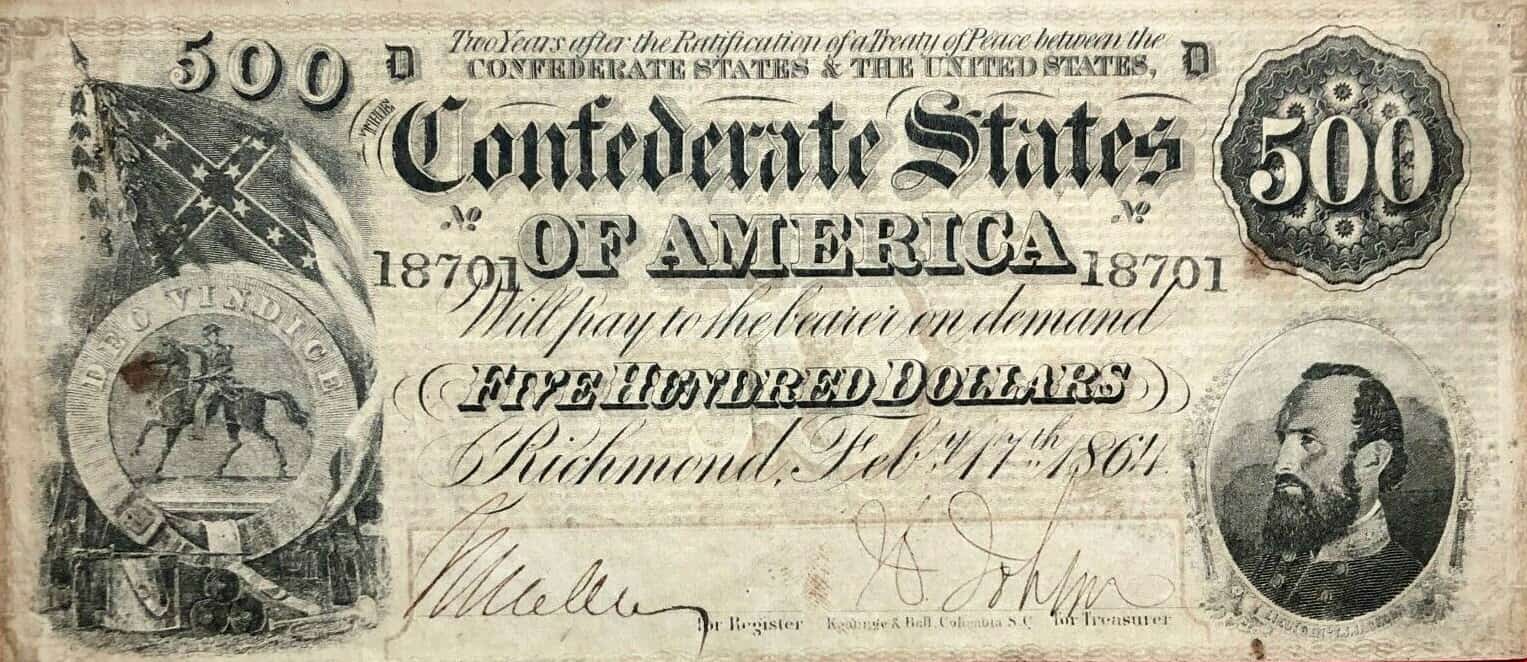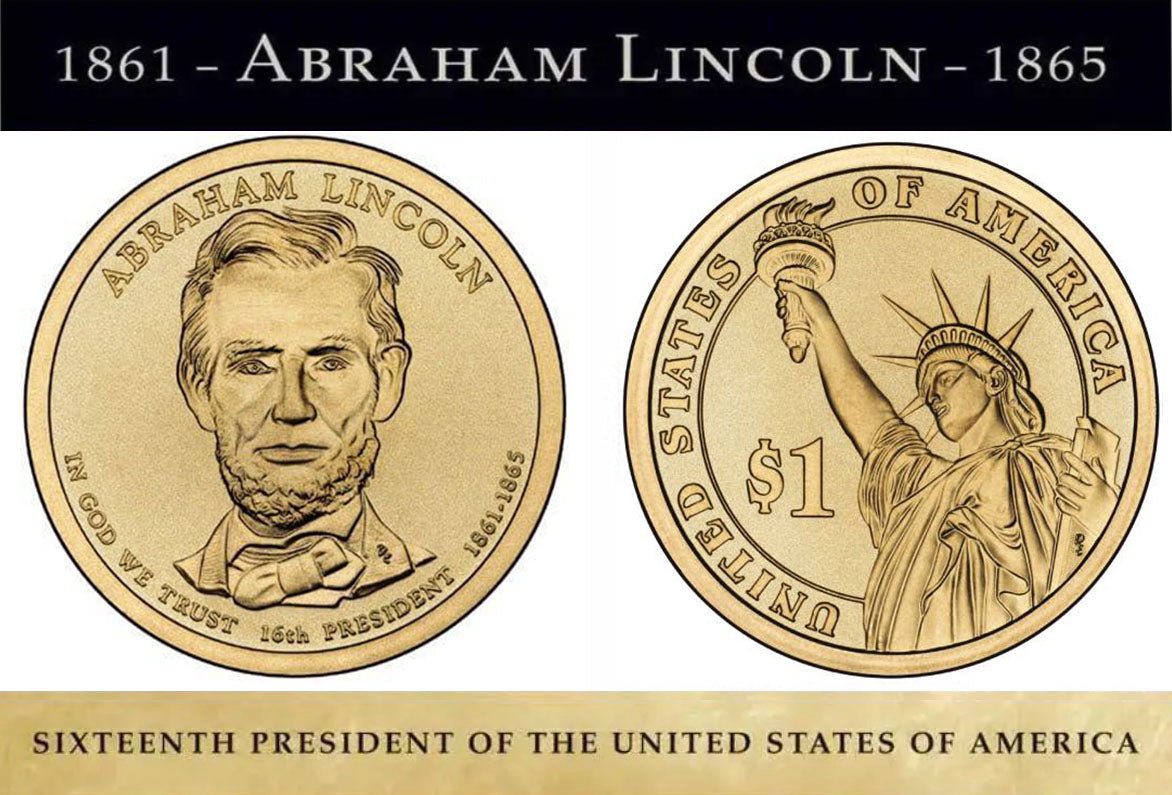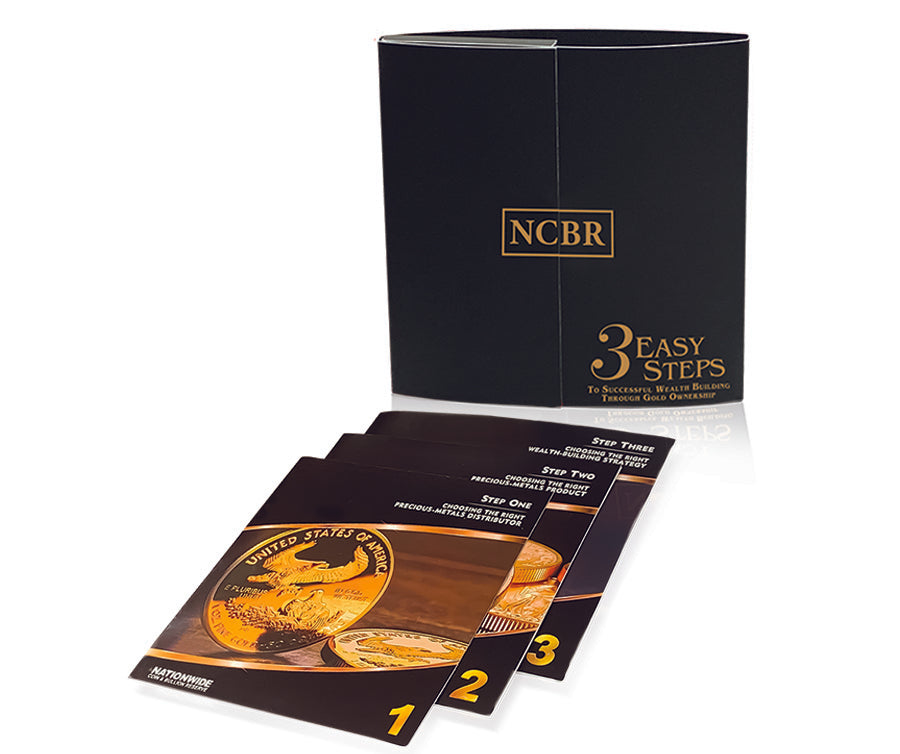Confederate money refers to the currency created and utilized by the eleven states that attempted to secede from the United States of America, resulting in the Civil War in the 1860s. These states are otherwise known as the Confederate States, the Confederacy, or the Confederate States of America. While tensions ran high between the opposing Union and Confederacy, the Confederate States found themselves in dire need of their own currency.
This, in part, was the case because the Union, or the Northern states, held most of the United States’ wealth at the time of the war. The two key and most pressing tasks at hand for the Confederacy were binding their new nation together and rallying troops to fight the impending war. Both of these efforts required a form of currency.
CONFEDERATE MONEY: HISTORY
The Confederate States were formed between the end of 1860 and the beginning of 1861. Not long after the secession, the new country approved their Confederate money. This new currency consisted primarily of paper dollars. This was considered a radical move considering that American currency only consisted of coins up until this point. Interestingly, Confederate money was not covered by the specific regulations for managing currency. Although the Confederacy needed to create their own currency and level the wealth gap leading into the Civil War, their dollar became more of a promise than a tangible form of money.
Its denominations were inclusive of 10 cent pieces, 50 cent pieces, $1, $2, $5, $10, $20, $50, $100, $500, and $1,000. Although technically, Confederate coins were created, resource limitations led to so few being produced that it is not a notable aspect of Confederate money history. This is likely directly related to the Mint locations at the time. Of the five in existence, three were within Confederate Territory: Charlotte, North Carolina, Dahlonega, Georgia, and New Orleans, Louisiana. However, the North Carolina and Georgia sites were not well-established, nor did they necessarily possess the capacity to create a coin-inclusive currency.
Confederate money was new, rushed, and created for essentially the sole initial purpose of funding the war. Because of this, it was not stabilized by an existing history, nor did it possess a value when compared to other tangible assets like precious metals or exchange rates compared to other currencies. Bearing this in mind, the new dollars signaled a promissory note, a promise of compensation following the war, assuming it was won by the Confederacy. In other words, Confederate money simply bought the South time and war supplies while accruing a massive debt using what was meant to be valued currency.
Between the secession of the South and 1865, new issuances of Confederate money were enacted eight times. Each time, millions were added into the circulation. At the same time, fraudulent dollars were being created. As a result, inflation and economic chaos skyrocketed. The Confederate government recalled, canceled, and even burned older dollars to dilute the circulation to solve the turmoil. These steps were formally taken after years of unsuccessful attempts.
Ultimately, the Confederate’s Treasury was left with determining what should become of the recalled and canceled money. The three most frequented tactics to destroy the worthless pieces included using bank hammers or machines that would leave slices on the notes in X shapes to denounce them or cut them using scissors. Once the currency was formally canceled, it was burned by the Treasury with small amounts staying free from the destruction.
WHAT HAPPENED TO CONFEDERATE MONEY AFTER THE CIVIL WAR?
After the Confederate States of America lost to the Union in the Civil War, their currency became essentially worthless. The already unstable value of their dollar decreased once it became apparent that they would lose the war. So much so that before the war’s end, a single Confederate dollar was exchanged for a mere three cents in American currency. Because the money was more of a promise of future repayment than anything else, no guarantee was ever kept upon the Confederate surrender in 1865. There was no more Confederacy, and the United States of America was restored as one nation.
Following the Civil War and the demise of the Confederate States of America, all notes that remained in existence were seized along with the government documents that had belonged to the seceded states. This was done as a critical factor in the investigation surrounding President Abraham Lincoln’s assassination and whether or not the Confederacy was behind it.
Eventually, Confederate money became a collector’s item and remains so today.
HOW TO DISTINGUISH CONFEDERATE MONEY
One of the most notable traits of Confederate money is its informal cut and edges and its low-quality paper. With the South’s lack of technology and resources, banks would often sign and cut the bills by hand. This left the money looking inconsistent and jagged, unlike what we expect when we pick up a paper bill today.
The artistic designs featured on the notes include depictions of Greek gods, goddesses, animals, and more specific images of Confederal leaders like Andrew Jackson. Conversely, there are more disheartening images, including slave families working in the fields.
HOW MUCH IS CONFEDERATE MONEY WORTH TODAY?
Today, Confederate money is a valuable collector’s item rich in history, intrigue, and curiosity. In this regard, it is similar to other Civil War-era souvenirs and treasures. Depending on rarity and quality, some denominations can be valued 50 to 100 times their original worth. The earlier the money was printed, the more valuable it is today.
Specifically, the $1,000 Confederate dollar bill was circulated exclusively in 1861. With only 607 of these bills printed and only a very brief issuance period, uncirculated versions have sold for up to $35,000 at auction.
Ultimately, Confederate money has transformed from being utterly worthless following the Civil War, to become a significant piece of American memorabilia full of history. This currency’s rich heritage makes it an incredible addition to most collections.
Real Time Precious Metals Data Below







